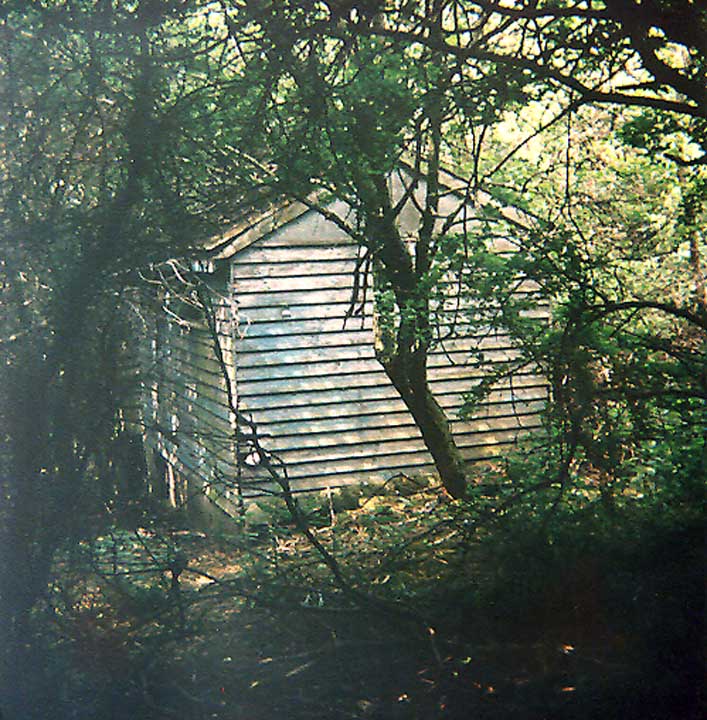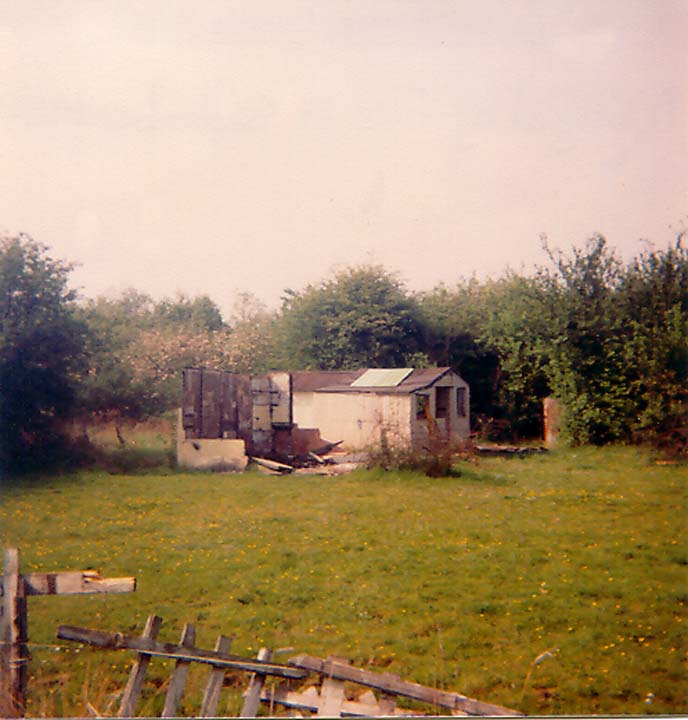
Dunton Plotlands can be found on the Southwestern periphery of the Basildon district, on the border with the borough of Thurrock.
At the turn of the twentieth century, this area of Essex countryside now known as the Dunton Plotlands was arable farmland, used principally for the production of wheat. However, a series of bad harvests - coupled with the fact that wheat could be more economically imported from America - led to an Agricultural Depression. To cut their losses, farmers across the south of England sold off tracts of their land to property speculators who, in turn, divided the land into small plots which were subsequently offered for sale by auction.
From the highest point of the Plotlands, the City of London can be seen shimmering on the western horizon... and much of the land at Dunton was purchased by Londoners, families saving hard throughout the years of the Great Depression in order to fulfil a dream of owning a patch of land in the countryside. Many erected small shacks on their land, for use at weekends and on holidays. Others, looking forward to rustic retirement, built more substantial bungalows.
With the outbreak of the Second World War, many of these 'plotlanders' moved into their second homes on a permanent basis, trying to escape the Blitz that was ravaging the capital. By the end of the War, the local authority - then Billericay Urban District Concil - realised it had a serious problem. A district of scattered, ramshackle development, with unmade roads, few services, little in the way of amenities, and dwellings with a low rateable value. They united with the London Boroughs of East Ham and West Ham, who needed to house their wartime homeless, and with the backing of Essex County Council they petitioned the Attlee Government to create a 'New Town' in the area.
The New Towns Act was passed in 1949, and 'Basildon Development Corporation' was set up, its twofold purpose to clear the plotlands and build a town that would help with accomodating london's overspill.
Over the ensuing decades, as Basildon burgeoned outward from its original centre near an obscure village of the same name, the Plotlands diminished. Those closer to the nucleus of the town were wiped out, those on the borders clung on.By the 1980's, the former neighbourhood of Dunton Plotlands had been decimated, had become overgrown with woods and scrub, with a few remaining bungalows, a scattering of holiday shacks, and many crumbling derelicts being obscured by the spread of hawthorn and bramble.
The Corporation took two of the dwellings it had acquired - 'The Haven' and 'Hawthorn', and decided to convert the former into a 'Plotland Museum' while retaining the latter as a home for the Museum's warden. They also decided to use Compulsory Purchase Orders to possess and clear the remaining private plots, with a view to creating a Country Park from this once rural neighbourhood. The Plotland Dream, nourished by common folk in the harsh years of the '30's, was finally over.
The last resident left the area in the Autumn of 2006 after half a century of living in a shed, and now it has truly returned to nature. I visit frequently with the children and we stray from the neat grid of paths that once were Avenues bustling with residents and holidaymakers, we delve deep into the scratching grasp of the scrub and we find the remains, concrete foundations, moss-kissed milk bottles bearing the names of long forgotten London dairies, fragments of a makeshift lifestyle half-buried in the leafmould.
It has been nearly 25 years since I discovered the Dunton Plotlands, when the lifestyle was in its death throes, wooded pathways leading past the shattered remains of old shacks and collapsing cottages, a Marie Celeste atmosphere pervading what was once an Arcadian dream. On my second visit, I took photographs. Most of what I captured through a lens is gone, swept away by progess, nothing remaining but memories, and the ghosts of happier times. Stand in the depths of the woods today, and maybe the laughter and tears can still be felt in the whispering of the leafy canopy.
My photographic record of The Last Days Of The Plotlands: Dunton Plotlands 1984

No comments:
Post a Comment